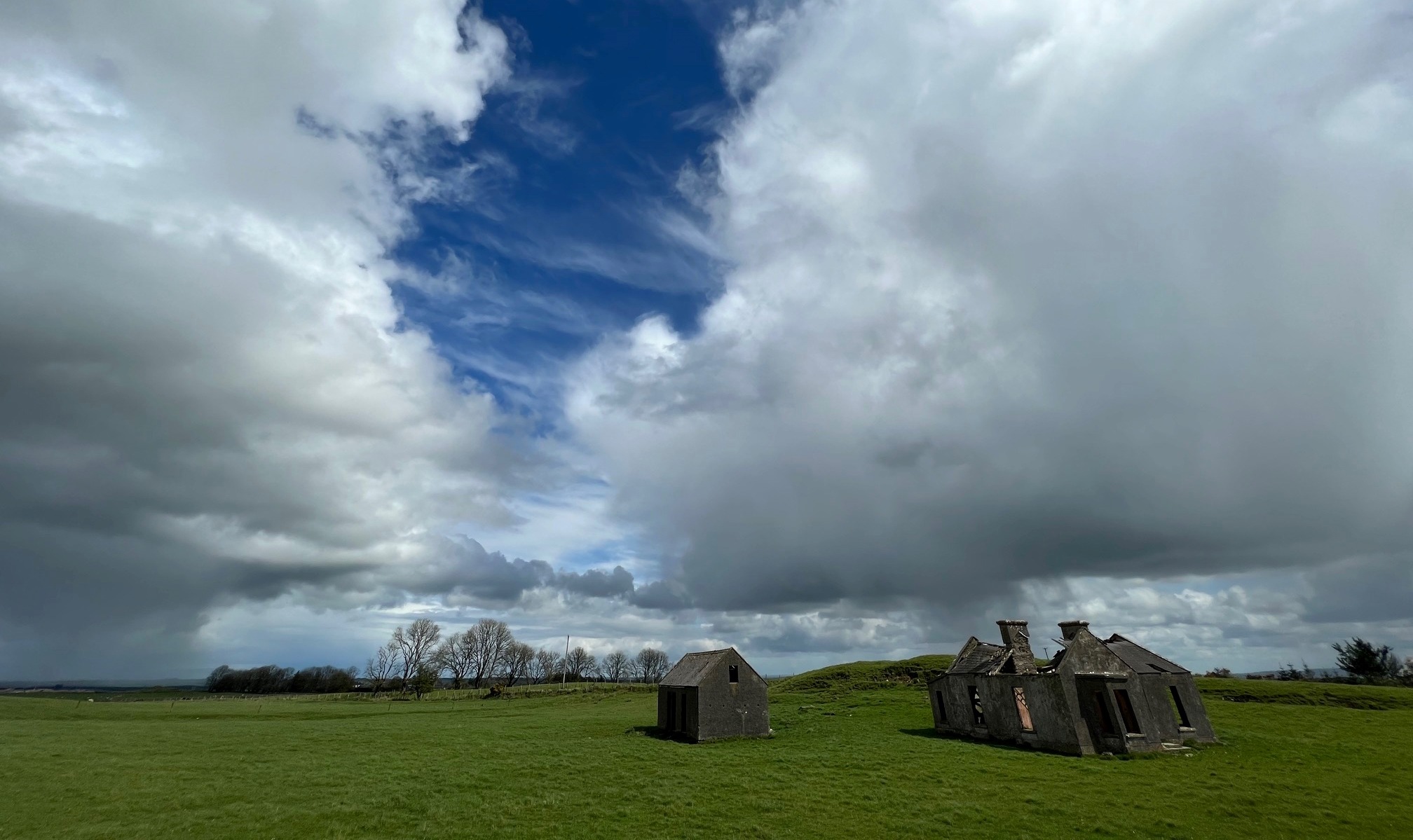In 1950, there were about 320,000 people in Ireland over the age of 65. Just before the year 2000, this total reached 420,000 – meaning it took half a century, more or less, for the country to add 100,000 older residents. The next hundred thousand took just over a decade – with 530,000 people over the age of 65 by the year 2011. Since then, Ireland has entered a phase of truly extraordinary population growth in our older cohorts. It took just five years, to 2016, to add the next 100,000 over-65s – and less than four years to add…
Cancel at any time. Are you already a member? Log in here.
Want to continue reading?
Introductory offer: Sign up today and pay €200 for an annual membership, a saving of €50.

